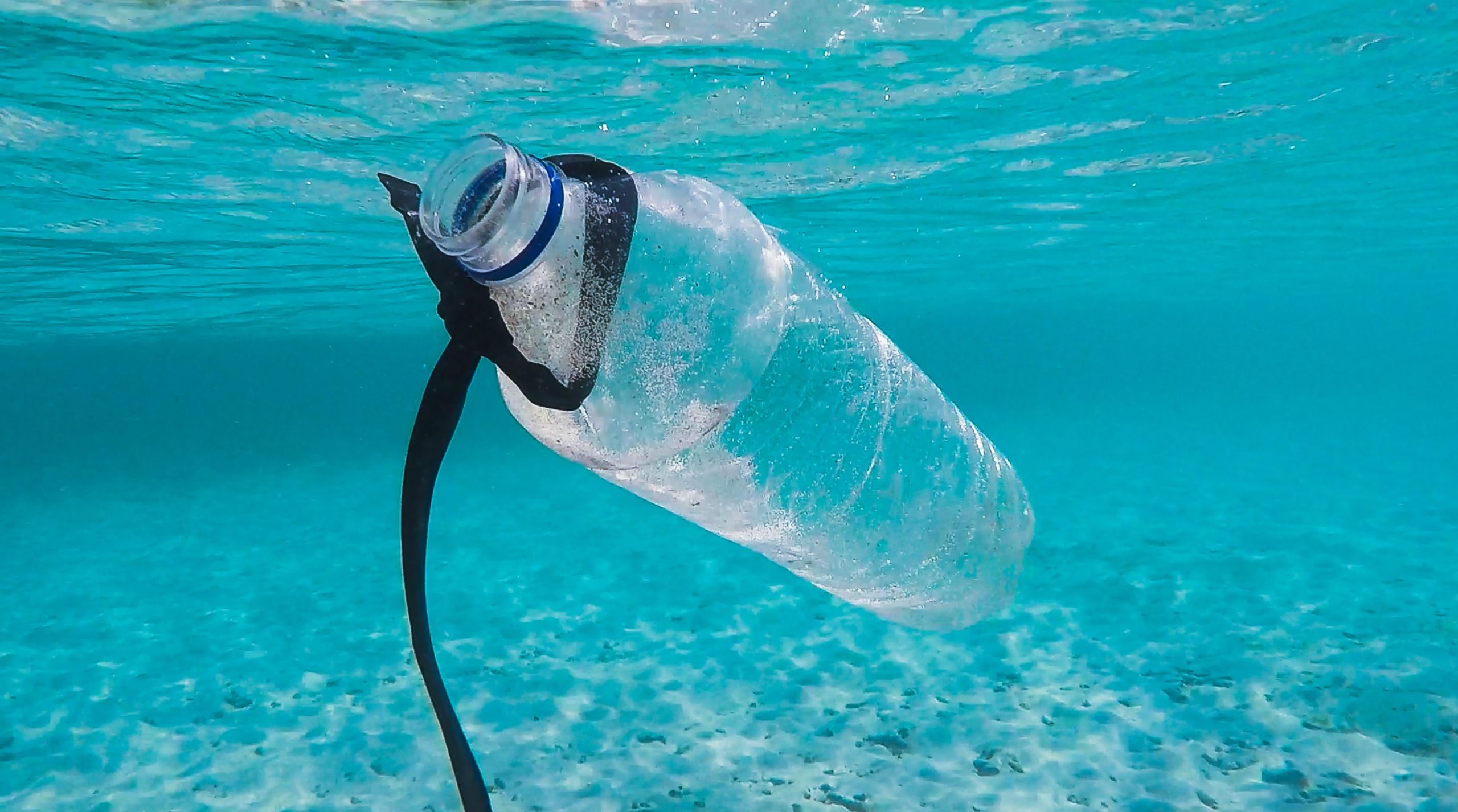
The world is being flooded with plastic waste. This is how UN Secretary António Guterres described the alarming situation regarding the incorrect disposal of this waste. To give you an idea, plastic materials and cigarette remains represent more than 90% of the waste found in the Brazilian marine environment, according to a diagnosis released by the Brazilian Association of Public Cleaning and Special Waste Companies (Abrelpe).
To reduce plastic consumption, laws were created in the city of São Paulo to ban disposable items. Measures that, in my opinion, try to cover the sun with a sieve, as they have not brought results in reducing plastics in urban, marine or coastal environments. They simply put plastics in the spotlight for a while, but the topic soon fell into oblivion.
And it would continue like this if it weren't for the pandemic that reignited the discussion. With Covid-19, the media once again recorded the increase in the number of plastic waste in the coastal environment. Mainly, travel packaging for food and disposable masks: materials recommended for minimizing Covid-19 contagion, which resulted in an increase in household waste generation by more than 10%.
For this reason, the question arises as to why this material reaches the oceans. Is it simply because we use them on a large scale? It is estimated, according to a study published by the magazine Science Advances, in 2017, that 8.9 billion tons of virgin or recyclable plastics have been manufactured since the last century in the world, and in 2016, Brazil was the fourth largest producer of plastic waste.
Or do plastics reach the oceans because there is inefficient selective collection? According to the 2018 study, of the majority of plastic waste generated in the country, only the equivalent of 29% of plastic waste was sent for recycling.
The reason may be the lack of reverse logistics programs, as, according to studies by the Ilos Institute released in 2012, 40% of Brazilian companies did not have programs related to reverse logistics.
Or even due to the fact that educational and environmental awareness actions are not very plural.

The fact is: the material does not reach rivers, oceans and beaches alone. Someone put it there. I believe this result is a combination of all the factors mentioned above.
Our contribution to improving or worsening the situation is directly linked to the conscious management of our choices. These choices are linked to our daily consumption, use and disposal habits, but also in the search for better purchasing practices and post-consumption disposal.
To support people in calculating their impact and creating critical awareness about their choices, Merck has made available a calculator that measures your microplastic generation footprint and shows that your contribution is linked to countless factors and aspects of everyday life. You can find the calculator here link.
Therefore, in times of pandemic or not, the opportunity to build new habits and change behaviors knocks on our door. Thinking and reflecting on our way of producing, consuming and disposing of waste, that is, on the life cycle of the material, is essential to increasingly move forward in the game of establishing a more circular economy.
Now, I ask you: what culture does your company want to take forward? What impact does your organization want to make in the world? What is your vision of the future? Share and leave your comments or send me a message. 😊
Share